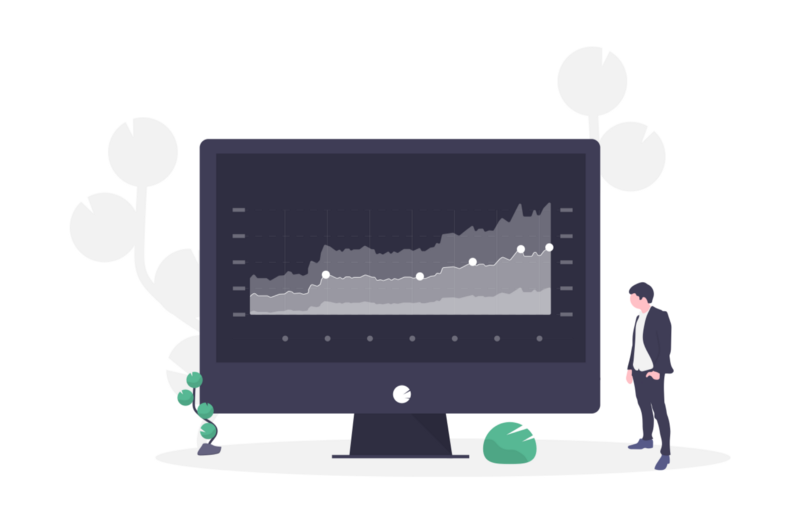This post is part of my 30 blogs in 30 days series. More details here.

Free Cash Flow(FCF) is an accounting term, with the formula “Cash Flow — Capital Expenditure”. In layman’s terms, Free Cash Flow at any given period is all the cash you have left over after you have paid all your current dues.
For example, you Buy a Widget for $5 a piece on credit of 90 days. Say you bought a 1000 pieces for a total payable in 90 days of $5000. You have 2 employees that you pay $1 each for a sale. If you sell the widget for $10 and sell them out within 30 days. After paying your employee commissions, you will have $8000 cash, to spend however you like. That $8k is your FCF.
FCF vs Profit.
In the above example, your overall monthly net profit would be $3000. Imagine your employee commission was $2.5 per piece each. So your commission would go up to $5000 for the 30 days, and you are breaking even, with $0 profit. However you still have 60 more days until you have to pay your suppliers, so your FCF is $5000.
Profit, is a ‘paper term’. In the actual operations of the business, profit plays very little part, other than a long term measure of right decision making. Your company can be profitable on paper, but have a low or negative FCF, and your company can be making a loss or barely breaking even, but can have a high FCF.
How high FCF is leveraged by companies.*
Having a high cash flow can be a competitive advantage. The main objective of this group, Amazon, was a high FCF business with heavy losses, for over a decade(14 years to be exact). Amazon still only has a overall net margin of 6–8% per quarter, but a Cash-flow as high as 18%, with average difference between receivable and payable being as high as 24 days[Source: Recode]. The net margin, by the way, would be far lower if we just take into account the Amazon.com eCommerce business. Amazon still leverages it’s high Cash Flow for growth, research and expansion. This has turned them into a behemoth, a true disruptor in every industry it has touched.
Most tech startups today are not profitable until ‘exit’(A future business basic topic). Startups usually are targeting two aspects in the beginning; A significant measurable Network Effect(see my previous post:[insert link]) and being Cash Flow positive. This allows them to attract more investors and more opportunities for growth.
How negative Cash Flow can harm companies.
Suppose your employees, working on commission, are not able to sell a single widget at the end of 30 days. I come to you and say sell me the whole stock for $9.5/piece but I will pay you in 45 days. You agree. However I am not able to pay you on time. I only pay you $4500 by the end of the 45 days. Now your bill is due and you pay the supplier on time. Your FCF would be -$500 because you have to pay the whole bill $5k by the end of the week. On paper, however, you made a profit of $4500. This is how a business can be profitable and still have no cash.
You can run out of cash reserves completely if you keep doing business at negative cash flow, and fail as a business. Negative Cash flow is one of the leading causes of business failures.
How some businesses leverage negative cash flow
😯😯😯😯😯
How can this be? Doesn’t this contradict everything I have said up to this point?
Well the heading is misleading. The truth is that many tech startups, use negative FCF to create their Network Effects. Investors are increasingly lenient on unicorn startups, since they have a lot of what some refer to as ‘Cheap Capital’. Uber, has never had a quarter with with a positive cash flow, or profit. For 2019, their Net Operating Cash Flow is -$4.17 Billion Dollars! No that is not typo, it is a Billion! Investors think they can be the Facebook of Transport, so they have been giving them a pass.
Free Cash Flow is not the be-all-end-all measure, but it is one of the most important metric you can use to judge both the short-term, and long-term health of the company. So select long term payables, and keep your receivables at a quick turn-around.
